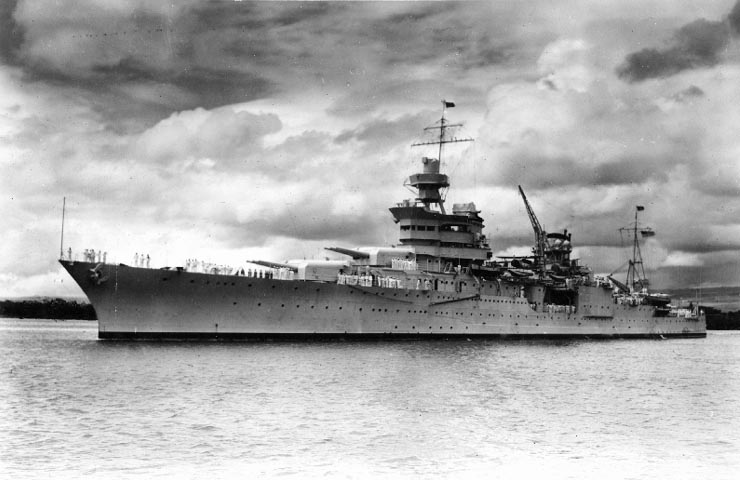There is no market for asbestos in Canada or the United States, let alone in the European Union where asbestos is totally banned. But Canada’s Bernard Coulombe nevertheless has high hopes for the financial success of the Jeffrey Mine, of which he is the majority owner. “Mr. Asbestos,” as he was dubbed in a recent feature article by a Toronto newspaper, has found that India, Vietnam, and Indonesia are prime customers for a product that is viewed as deadly and dangerous by the western industrial world.
The Jeffrey Mine
The Jeffrey Mine is an open pit mine located in the town of Asbestos, Canada. It has almost depleted its open pit reserves, but Coulombe has determined that there are 200 million tons of chrysotile asbestos underground that can still be extracted. Ninety percent of the construction work on the underground operation has been completed. Coulombe still needs over $30 million to make the underground mine operational, but so far he has been unsuccessful in finding an investor who can see past the health issues associated with operating this mine. Even so, his goal is to bring this asbestos to the markets he has found in India, Vietnam, and Indonesia. In these countries, cement sheets and roofing are seen as a benefit for poor and needy people, without regard to the serious health hazard posed by the use of asbestos.
A Career in Asbestos
Bernard Coulombe started his career with Johns-Manville Corporation at a time when the United States consumed 600,000 tons of chrysotile asbestos per year. But that changed in 1964 after the incontrovertible reports out of Mt Sinai’s School of Medicine made it clear that industrial exposure to asbestos is a serious health hazard. Although there was industry knowledge and evidence of the hazards preceding Dr. Irving Selikoff’s asbestos studies at Mount Sinai, his work marked a major shift in the views of doctors and health officials. Within ten years, the asbestos litigation had begun. Johns-Manville, the biggest producer of asbestos products in the United States, filed for bankruptcy protection in 1982. In 1983, Johns-Manville sold the Jeffrey Mine to a group of senior advisors. In 1991, Coulombe helped put together an employee buyout of this massive asbestos mine. The company is now known as Mine Jeffrey, Inc. and Coulombe owns 65% 0f the company.
Sales to Developing Countries
Asbestos, a product which is considered deadly and dangerous in the United States and the European Union, is being trumpeted by some as a benefit to developing countries. Coulombe and his company try to minimize the hazards of asbestos by attempting to make distinctions between the various types of asbestos, and claiming that his asbestos is not truly dangerous. Coulombe and his company support The Chrysotile Institute, which promotes the sale of this type of asbestos despite the fact that many organizations, including the World Health Organization (WHO), have found that chrysotile causes cancer and other asbestos diseases. Coulombe and his company would like to overlook the WHO’s conclusion that “at least 90,000 people die each year from asbestos-related lung cancer, mesothelioma, and asbestosis.”
In spite of these findings, Coulombe continues to sell this asbestos, primarily for the manufacture of asbestos cement products. Coulombe’s agent in India claims that the manufacturing facilities there are dust free, that control measures are in place, and there is no significant risk to the environment or the general public.
However, most observers say that it is unrealistic to expect that developing countries can and will implement western standards in their manufacturing plants. In addition, whether or not the risks can be controlled in the manufacturing process, the real concern is the use of the products in the field. As workers saw, cut, and manipulate these products, asbestos dust will be released, creating a major health hazard for these workers and their families. According to Murray Finklestein, a member of Environmental Protection Agency’s science advisory board, there will not be the controls in place when the products are used.
“Mr. Asbestos” Shamelessly Markets Deadly Asbestos
Mr. Coulombe continues to shamelessly market deadly asbestos fibers internationally where workplaces are unregulated, thus exposing innocent workers and their families to the far-reaching hazards of asbestos. He apparently is not discouraged by the fact that he has been unable to find investors for the completion of his asbestos mine, even after hiring a Toronto investment banking company to beat the financial bushes. If he has to, Coulombe says he will borrow the money to finish the project. He expects to be extracting asbestos from the underground mine this year. And his sights are not just set on India. He claims other big users–like Mexico, Venezuela, and Pakistan–are awaiting deliveries of this deadly and dangerous product.
Asbestos fibers cannot be sold or marketed for use by workers who are well informed of the hazards so Mr. Coulombe has chosen to sell asbestos to countries without adequate safety or environmental protections. This will inevitably lead to sickness, misery, and death to those workers who breathe this deadly dust.
The asbestos industry cover-up that took place in our country was a very low point in the protection of the health and safety of American workers. Johns-Manville made millions by keeping the hazards of asbestos secret during the 1930s, 1940s, 1950s and 1960s by agreeing to a public relations strategy of “The less said about asbestos, the better off we are.” As a result of this reckless strategy, 3000 Americans a year are diagnosed with mesothelioma, a deadly form of cancer caused by breathing in asbestos fibers.
Mr. Coulombe wants to make his millions by exporting death and disease and disregarding the health and safety of workers in the developing world. Asbestos-related diseases and deaths will follow Mr. Coulombe’s asbestos sales and profits, as sure as stink follows rotten fish.






